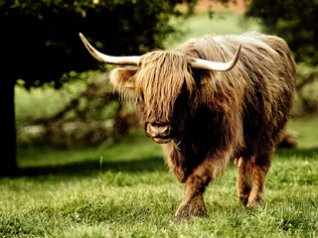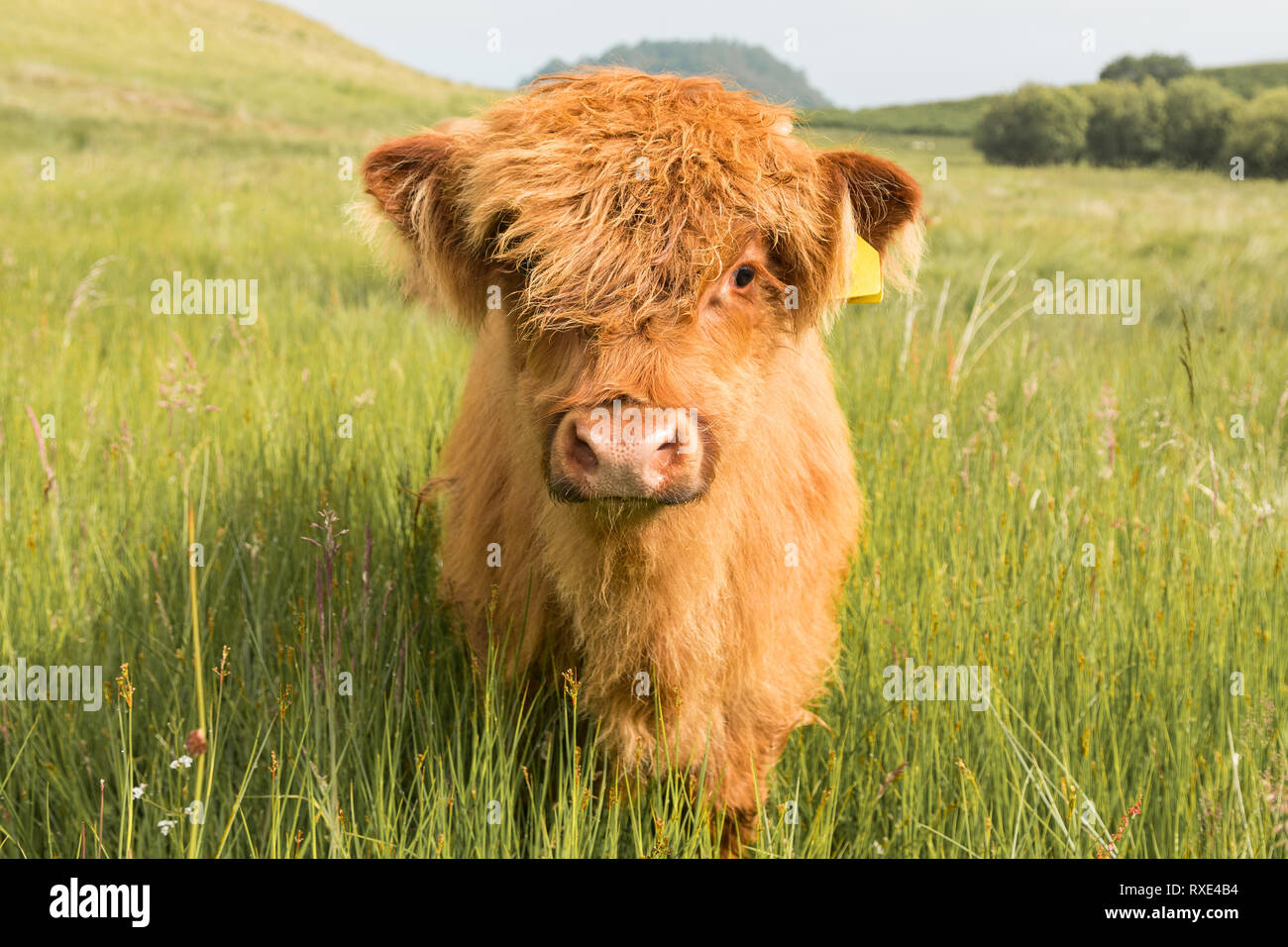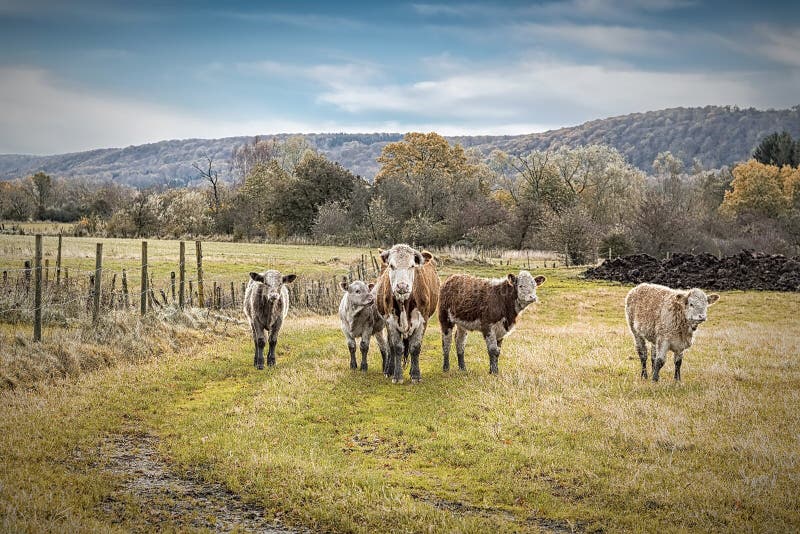
On the gloriously green north west coast near Fort William, Highland cattle wander freely around the area of Ardnamurchan and at nearby Sanna beach. Glen Nevis and Glen Coe are also great spots where you’re likely to see Highland cows living amongst the stunning backdrops. It’s named after the cows which have always historically been kept there by Highlander farmers. See Highland cows in the fields around historic Cow Hill at the edge of Fort William. One of the best known spots for a guaranteed sighting of free-roaming Highland cows is the minor coastal road called Bealach Na Ba, a historical cow drover’s road running between Applecross and Shieldaig.
HAIRY COW CALF FREE
Also nearby is the beautiful coastal village of Plockton, where Highland cows are also free to roam around the village! Very close to the Isle of Skye bridge, Duirinish is a small and traditional Scottish village where you can find Highland cows roaming around freely. Or further along the western stretch of the NC500 route, you might see Highland cows enjoying a seaweed picnic at Clachtoll Beach. On this stretch, Kirkton Farm offers buggy tours around their Highland cattle farm. See Highland cows in fields along the renowned North Coast 500 route between Thurso and Durness. Amongst the epic and jaw-dropping landscapes, you’re spoiled for locations to pick from! And if you’re already planning your next trip, take a look at our special accommodation offers today.The famous Scottish Highlands, where Highland cows originate from, is undoubtably a great place to see them. Look out for them on your next visit to Islay. So now you know a little more about the Scottish Highland cow (Heilan coo in Scots). While the female’s horns are longer, thinner and curve upwards more. The male’s horns are shorter, thicker and only curve upwards a little. Yes, but the horns of males and females do differ slightly. They also have long eyelashes and a long fringe which defends their eyes against the elements and stops insects from getting in.

During the summer they shed most of this hair, to prevent them from overheating. Their undercoats keep them warm, while their longer guard hairs protect them from the rain and snow. The Highland cow’s shaggy coat helps it survive the cold Scottish winter. And, be extra careful around mothers with calves, are they are very protective of their young. As with all large animals though, do take care not to spook them. They generally have a gentle, friendly nature.

No, Highland cows are not thought to be dangerous. Highland cows have smaller teats and their milk has a higher content of butterfat.

Yes, you can milk a female Highland cow, although you wouldn’t get the same large quantities of milk you’d get from a dairy cow. Female Highland cows weigh around 500 kg and males about 800 kg. Highland cattle are smaller than other breeds of cow you may be familiar with, such as Friesians or Jerseys. Places such as America, Canada, Australia, Germany, Belgium and Switzerland, to name a few. But today, you’ll find them all over Scotland and other parts of the world too.

And it is the oldest breed of cattle in the world, first registered in 1885. The breed originated not far from Islay, in the Western Isles of Scotland. Well, of course they come from the Scottish Highlands. The Highland cow has become an icon of Scotland, but how much do you know about these long-haired creatures of the Highlands? Today we answer some of the most-asked questions about Highland cows. But they are friendly too, and popular with tourists. They’re a hardy breed, and they thrive where others would struggle. This hairy, horned beast can often be spotted grazing our rugged landscapes, whatever the weather. Here on Islay, we are no strangers to the Highland cow, a distinctive type of cattle that originated in Scotland.


 0 kommentar(er)
0 kommentar(er)
